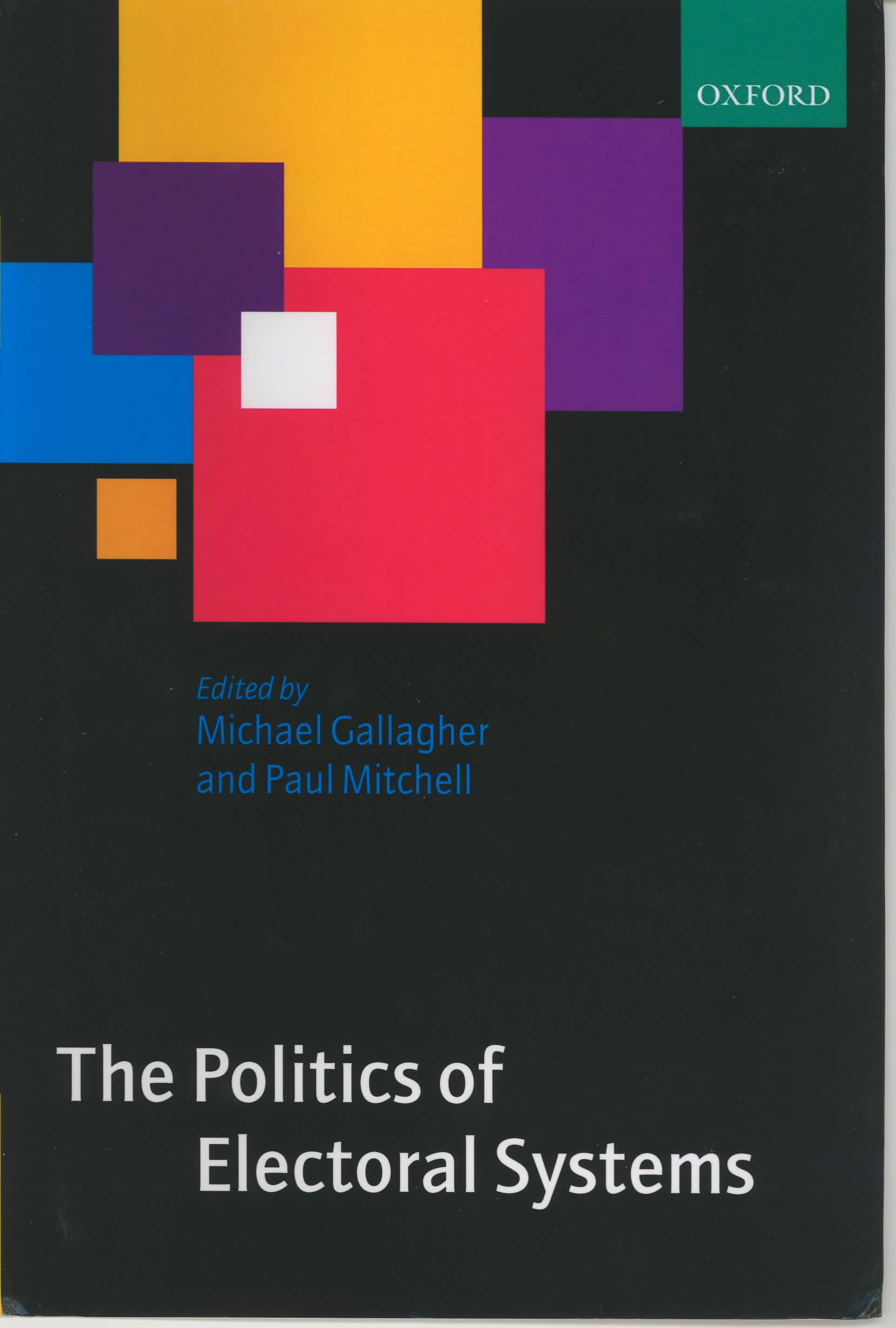


|
|
|
|
Effective number of parties
Just like Douglas Rae said
The effective number of parties (Eff N) was devised in the late 1970s by Markku Laakso and Rein Taagepera as a measure of party system fragmentation. It is based on a fractionalisation measure proposed in 1968 by Douglas W Rae. 'Effective' is evidently employed in the sense of 'in effect' rather than 'efficacious' or 'successful in producing a result'. It is not uncommon to see Laakso and Taagepera's concept misrendered as 'the number of effective parties', which would be a different matter entirely.
Measurement and meaning
It can be measured at the level of votes (effective number of elective parties, Nv) or of seats (effective number of legislative parties, Ns). Comparing the two tells us about the degree of defractionalisation brought about by the conversion of votes into seats, which is central to the study of electoral systems. It generates a number that conveys information about fragmentation; for example, a figure of 4.14 tells us that the party system is 'in effect' as fragmented as if there were 4.14 equal-sized parties. The measure was outlined in: Markku Laakso and Rein Taagepera, ' "Effective" number of parties: a measure with application to West Europe', Comparative Political Studies 12:1 (1979), pp. 3–27.
It should not be - though sometimes wrongly is - used as a proxy for the actual number of parties in a political system. Rein Taagepera and Matthew Soberg Shugart show, on p. 259 of their book Seats and Votes: The Effects and Determinants of Electoral Systems (New Haven and London: Yale University Press, 1989) that a value of 3.00, for example, can be generated by some very different configurations of parties: one with 3 parties, some with 4, others with 5, 6, 7, 8, 23, and so on. A party system may become more fragmented without an increase in the actual number of parties winning votes, or retain more or less the same level of fragmentation despite an increase or a decrease in the number of parties contesting. Thus if, for example, the effective threshold in a particular country is lowered, and the effective number of parties rises, it is interesting and useful to know that fragmentation increased following this change but we would not be justified in drawing conclusions about the impact of the electoral threshold change upon the actual number of parties in the system.
More information
More information about the effective number of parties and about the least squares index (LSq, a measure of disproportionality) can be found on the accompanying site, which contains
(i) the values of the measures, at both elective and legislative level, for over 1,300 elections in more than 130 countries;
(ii) a downloadable file explaining in detail how to calculate the value of the measures for any given election outcome;
(iii) a downloadable file enabling users to calculate the value of the measures themselves for any election outcome.
There is also much more information in the book (now available in paperback) The Politics of Electoral Systems (Oxford University Press, 2008).
Another concept widely used in the analysis of electoral systems is the effective threshold.
 |
 |
 |
Last updated 28 June, 2023 4:33 PM